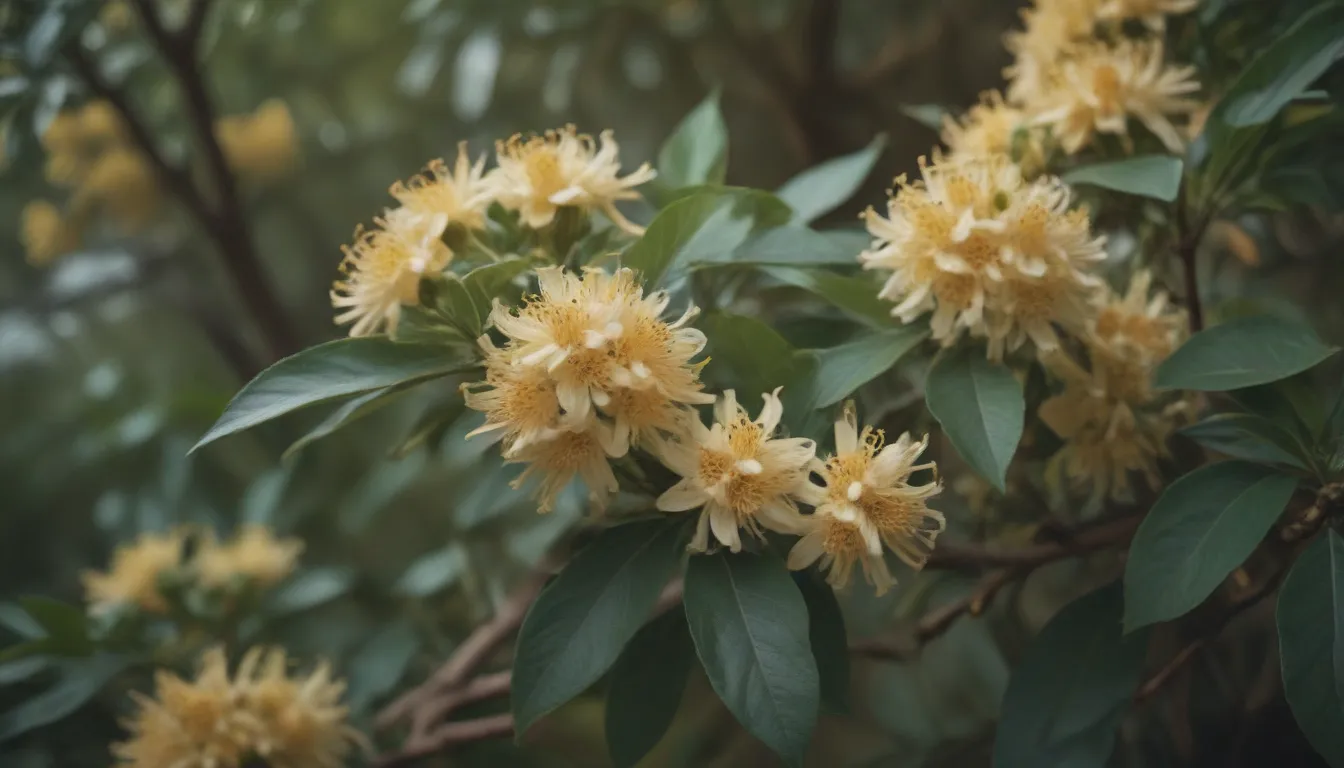Comprehensive Guide to Growing and Caring for Fragrant Tea Olive (Sweet Osmanthus)

Fragrant tea olive, also known as sweet osmanthus, is a beautiful evergreen shrub or small tree that is beloved for its powerful fragrance. If you are looking to add this delightful plant to your garden, then you’ve come to the right place! In this comprehensive guide, we will explore everything you need to know about growing and caring for fragrant tea olive.
Introduction to Fragrant Tea Olive
Osmanthus fragrans is a versatile plant that can be grown both indoors and outdoors in warmer climates. It features elongated dark green leaves and produces small, highly fragrant white flowers that bloom in spring, with some varieties even blooming in the fall. Fragrant tea olive is a slow-growing plant that can live for many years once established.
Fragrant Tea Olive Care
Fragrant tea olive is a low-maintenance plant that is resistant to pests and diseases. However, proper care is essential to help it thrive in your garden. Here are some tips for caring for fragrant tea olive:
Light
- Plant fragrant tea olive in full sun.
- Provide partial afternoon shade in hot climates to prevent leaf scorch.
Soil
- Fragrant tea olive thrives in well-drained, moist soil.
- It prefers acidic to neutral soil with a pH of 5.0 to 7.5.
Water
- Water established plants only when there is no weekly rainfall.
- Young plants should be watered regularly for the first year.
Temperature and Humidity
- Fragrant tea olive is winter hardy in USDA zones 8 to 11.
- It does well in humid regions.
Fertilizing
- Feed fragrant tea olive with a time-release shrub and tree fertilizer in spring.
- Avoid feeding before cooler winter weather to prevent damage from frost.
Types of Fragrant Tea Olive
There are several varieties of fragrant tea olive, each with its own unique characteristics. Some popular types include:
- Osmanthus fragrans f. aurantiacus
- Osmanthus fragrans var. thunbergii
- Osmanthus fragrans va. semperflorens
- ‘Apricot Gold’
- ‘Butter Yellow’
- ‘Conger Yellow’
- ‘Fudingzhu’
- ‘Orange Supreme’
In addition to these, there are other species of Osmanthus, such as Osmanthus americanus and Osmanthus heterophyllus, which also make excellent landscape plants.
Pruning Fragrant Tea Olive
Pruning fragrant tea olive is not necessary, but it can be done to control its size or shape. Make cuts above a lower branch junction and avoid over-pruning, as it can prevent the plant from blooming.
Propagating and Growing Fragrant Tea Olive
Fragrant tea olive can be propagated from stem cuttings or grown from seeds. Growing from seeds is challenging and requires patience, but it can be rewarding. Potted fragrant tea olive plants should be repotted regularly to ensure healthy growth.
Overwintering and Common Pests
Fragrant tea olive is hardy in zones 8 to 11, but potted plants should be brought indoors in colder climates. Protect young shrubs from gnawing creatures and watch out for scale, aphids, and diseases like canker and leaf spot.
Flowering and Common Problems
Fragrant tea olive blooms in spring and summer, with intermittent blooms throughout the year. Cold snaps can damage flower buds, while leaf drop may occur due to various factors like water, temperature, light, or pests. The purple drupes are edible but are mostly occupied by seeds and are bitter until fully ripe.
Fun Facts About Fragrant Tea Olive
- The name “Osmanthus” comes from the Greek words meaning fragrant flower.
- Fragrant tea olive flowers are often used to infuse teas, jams, and other recipes.
- These plants are long-lived and can live for many decades if properly cared for.
In conclusion, fragrant tea olive is a wonderful addition to any garden, with its beautiful foliage and delightful fragrance. By following the tips and guidelines outlined in this article, you can successfully grow and care for fragrant tea olive in your own outdoor space. Happy gardening!





